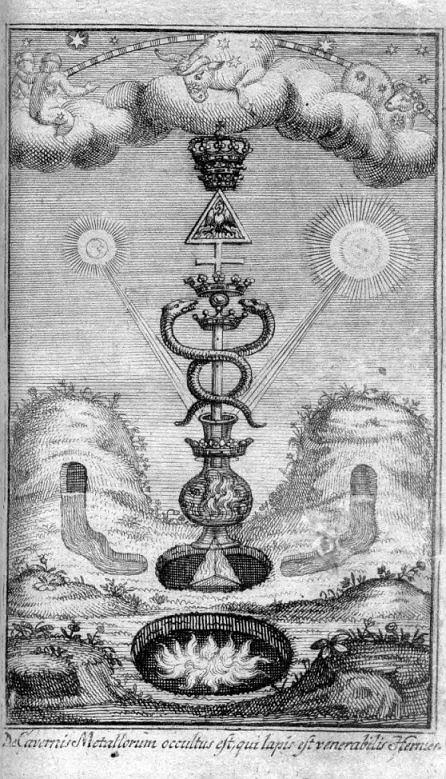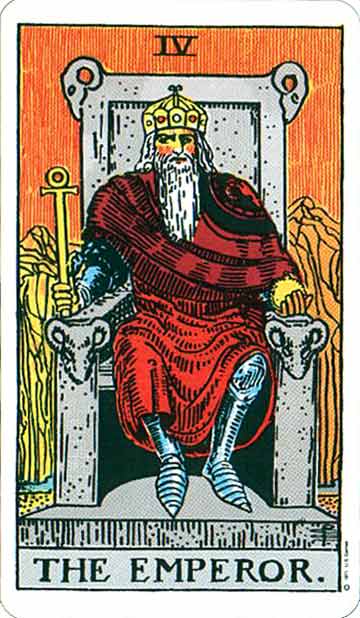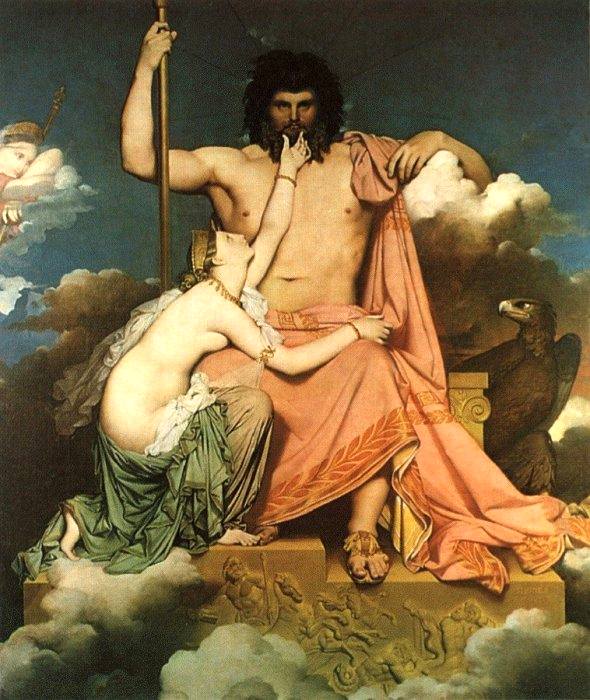|
|
 here are numerous historical clues to the identity of the Crimson King and
these will be dealt with in subsequent chapters, but in order to fully
understand the depth of Mr. Sinfield's allegories, one must, of
necessity,
consider his words in the light of Hermetic principles (kabbalah, tarot,
alchemy).
here are numerous historical clues to the identity of the Crimson King and
these will be dealt with in subsequent chapters, but in order to fully
understand the depth of Mr. Sinfield's allegories, one must, of
necessity,
consider his words in the light of Hermetic principles (kabbalah, tarot,
alchemy).
"Like the rest of the Order of Hermes, symbolism is everywhere and
everything is connected to everything else. Each organ of a patients body is
ruled by a planet and a zodiacal sign, which in turn
correspond to an element
and a metal."
- Alchemists By Anders Sandberg
"There are seven Hermetic principles and, in the Hermetic tradition, each
historical era can be characterized by one of these principles. The Middle Ages
are characterized by the Hermetic Principle of Correspondence:
As Above, so Below."
- The Magician's Dictionary by E.E. Rhemus
As the words of the Crimson King are clearly those of a medieval individual,
it follows that there would be both a metaphysical and an earthly Crimson King.
Robert Fripp has stated that King Crimson is somehow a translation of Beelzebub.
He has also stated that the Crimson King is "the man with an aim".
"Beelzebub, or Baalzebûb, the Philistine god of Accaron (Ekron) The
name is commonly translated "the lord of the flies", and the god is
supposed to be so called either because as a sun god he brings the flies,
though the Ba'al was probably not a sun god, or more likely because he is
invoked to drive away the flies from the sacrifice, like the Zeus Apomuios, who
drove them from Olympia."
- The Catholic Encyclopedia
"APOMYIOS, a surname given by the Cyrenians to Zeus, for delivering
Herakles [Hercules] from flies during sacrifice. Sacrifices were yearly offered
to Zeus Apomyios. (Greek, apo-myia, from flies.) BELZEBUB or BEELZEBUTH (Prince
of Flies) was one of the principal Syrian gods, to whom sacrifice was offered
on all ferialia."
- Dictionary of Phrase and Fable by E. Cobham Brewer
|

























 Arachnophilia
Arachnophilia